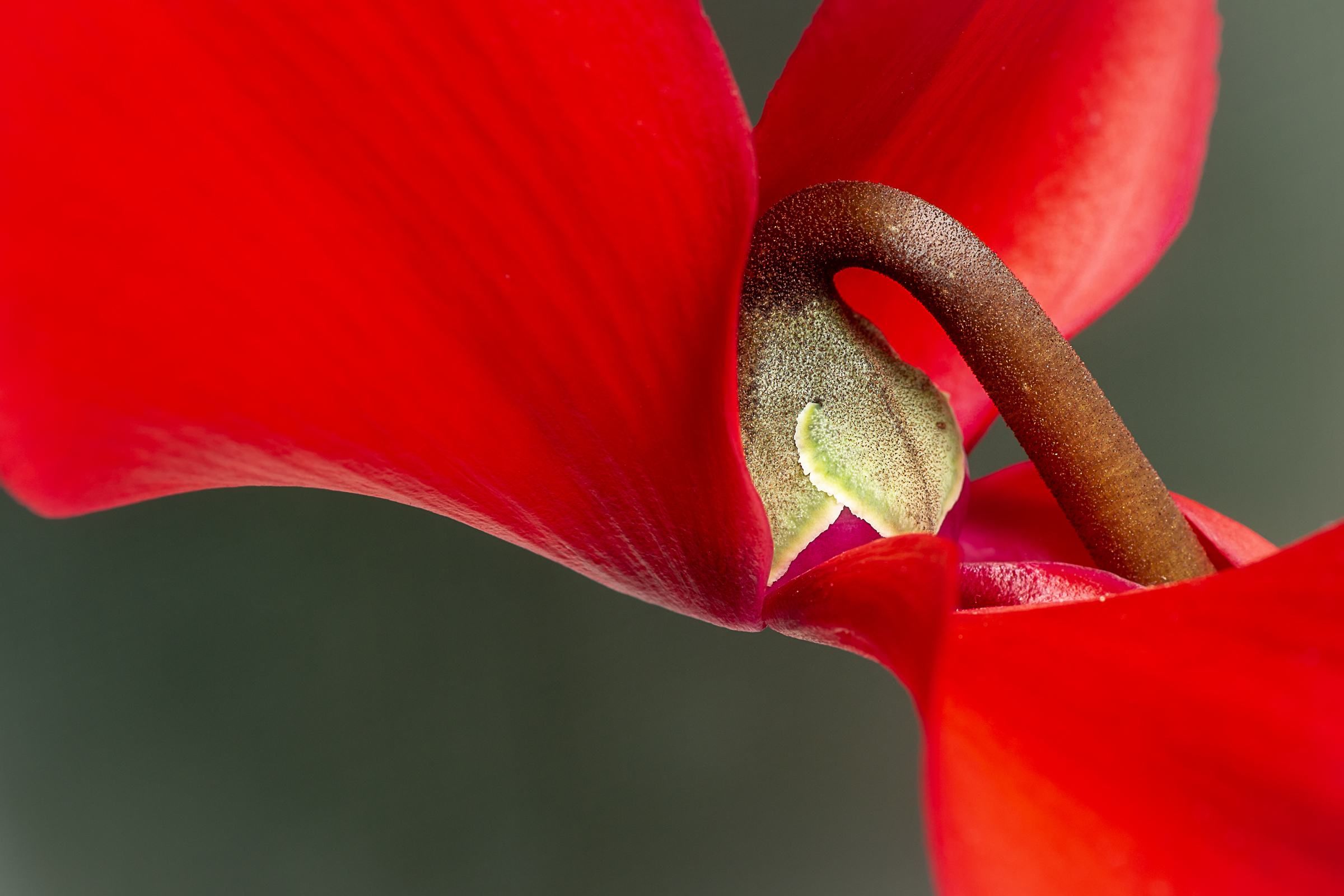How many times has someone looked at one of your photos and then responded with the dreaded, “Wow! Great shot. What kind of camera do you have?”
First, I must commend you for keeping your cool and not resorting to violence to knock some sense into them. Hopefully, you came back at them with something like, “Thanks, but the camera didn’t decide to take this photograph. I decided what to shoot and how to shoot it. My vision created this image you see,” or something along those lines.
But this common scenario begs the question: What is more important for creating a great image; art or technology?
What ‘art’ is has been disputed by mankind over many years. When I speak of art in this guide, I am referring to the creative processes and skills that go into imagining, visualizing, and composing a photograph. The artist’s ability to carry out that vision and present it in photographic form is very reliant on them having skills with the technology they possess.
The technology of photography includes the tools we use to carry out a shot. Your camera, lens, tripod, flash, computer, and editing programs are all examples of the amazing technologies that we utilize to capture amazing photographs. Without the right technology, many photographs would be impossible to produce.
In this article, we will look at the roles of art and technology in capturing a great image. We will also explore:
- what makes great art,
- what tools photographers need to bring their visions to life,
- how the advent of better technology has influenced photography, and
- how you can achieve great images with limited technology.
Recommended Reading: Want to create gorgeous, perfectly lit flower photographs? Grab a copy of Photzy’s premium guide, Photographing Fabulous Flowers.
What Do I Need to Capture a Great Image?
Great photography is about more than just creating a record of the image in front of us. It is about expression, telling a story, and sharing an idea or a feeling through that image. And it is about possessing the skills to take what you have visualized in your mind and making it a reality in the form of a photograph.
Great photography is about more than just creating a record of the image in front of us. It is about expression, telling a story, and sharing an idea or a feeling through that image.
There are many things that a photographer must contemplate when creating an image, as discussed below.
What is the Subject?
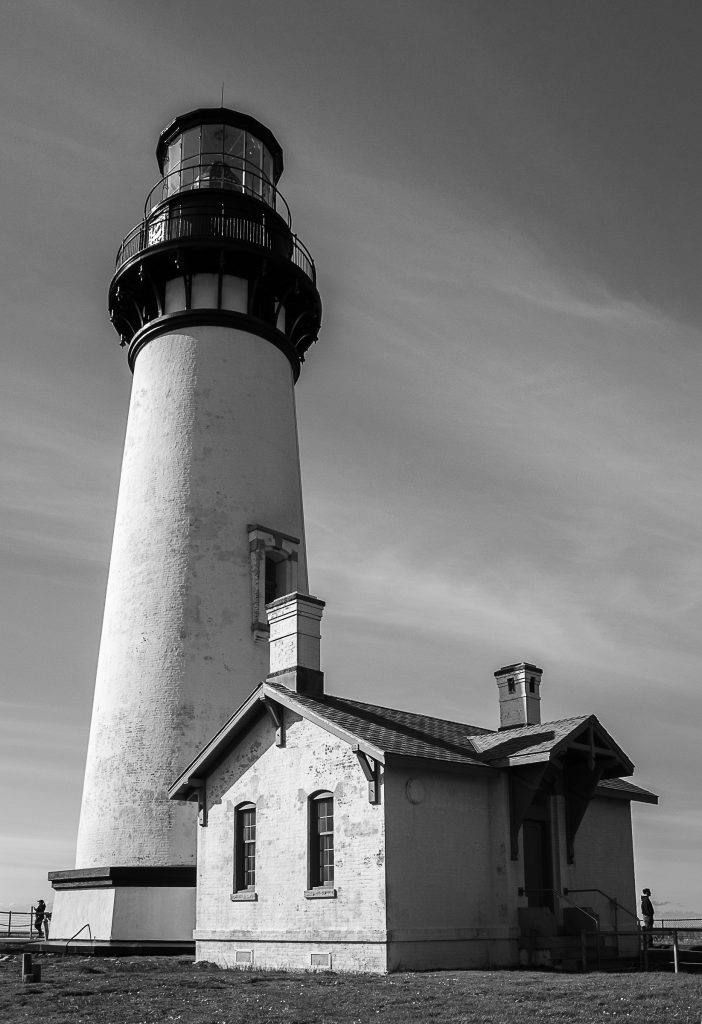
The subject can be very obvious in some photos. Take the image above, for example. It leaves very little doubt that the lighthouse is the main subject. Your eyes might move to the small figures on either side of the lighthouse after identifying it as the main subject. They are an important part of the photo, as they provide scale. But the main focus of this image is the lighthouse.
In other photos the subject may be harder to define. In abstract photos, the ‘subject’ might be a color, shape, or feeling. Some people might argue that such photos have no subject. Either way, the photographer, as an artist, had to make a decision about what to shoot and how to capture that image.
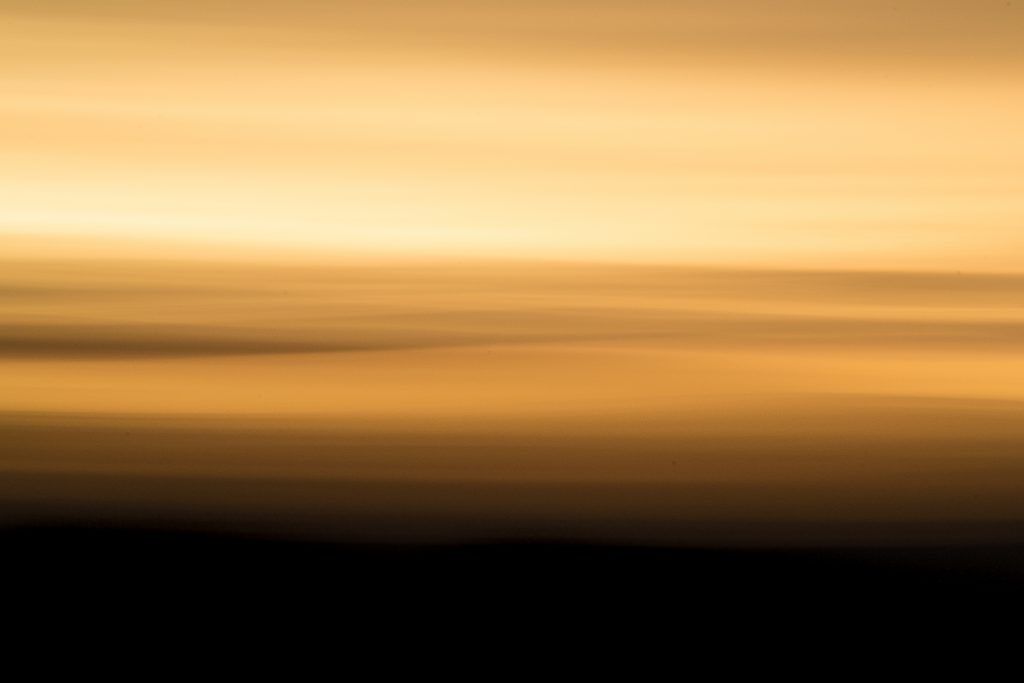
What is the Story?
Tied very closely to the subject is the photographer’s reason for shooting it. This is the story or message that the artist is trying to convey. It might be as simple as a mood or feeling.
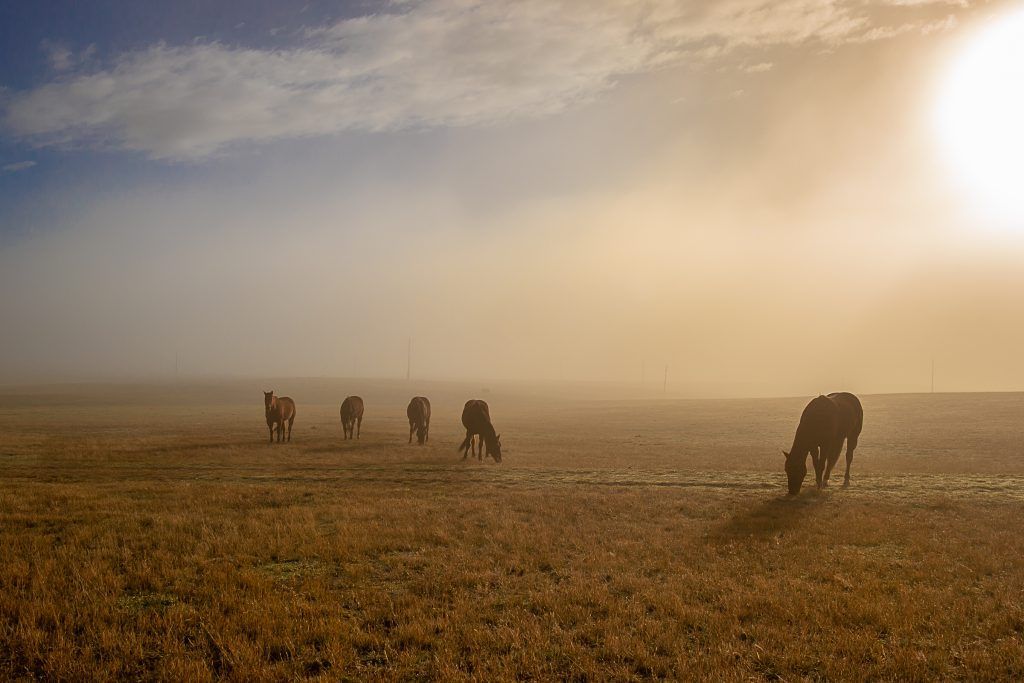
The image above was taken on a foggy morning just as the fog was burning off. I was looking for that magical spot where you start to see the blue sky and sunshine through the mist. The horses were the final touch, as they added to the sense of freedom and “wide open space” that I was looking for.
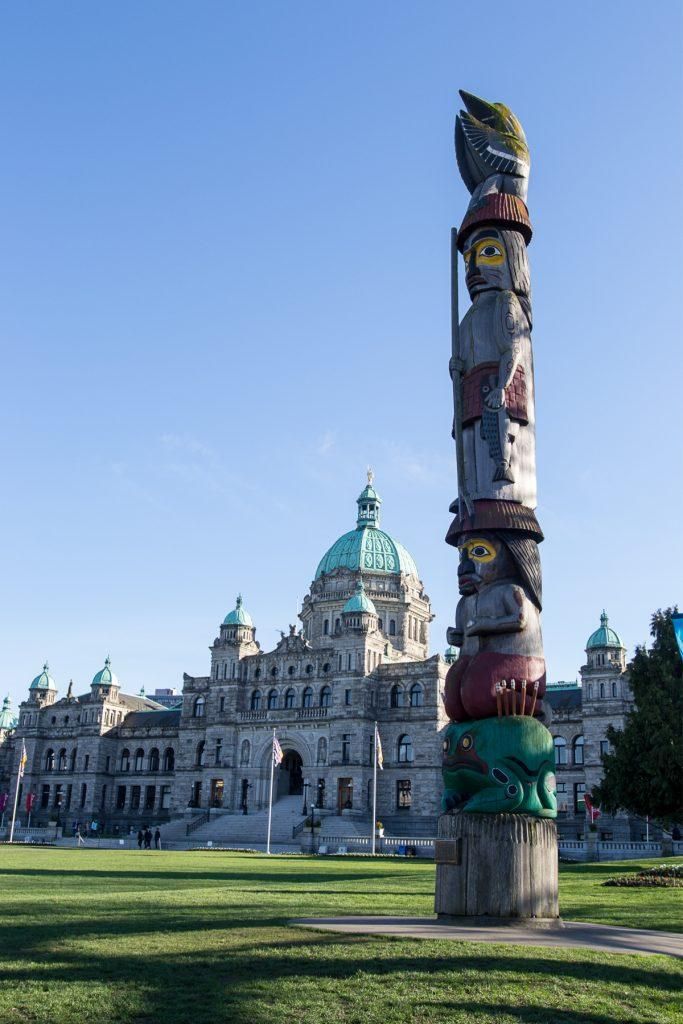
Some stories can be more complex. This image, taken in front of a parliament building, was shot in a way that made the totem pole appear very large in the image. The juxtaposition of the building and the totem pole were meant to be a reminder of indigenous people that existed long before the parliament and its laws.
Sometimes the “story” can be part of a bigger picture. Photo journalists, for example, might utilize several photos to convey a story in a way that a single photo would not.
How Should I Compose My Shot?
Composition includes a myriad of decisions that the photographer must make to best showcase the subject and tell the story they want to share. It includes:
- what to keep in the photo and what to eliminate (cropping);
- perspective, which includes where to shoot from (close-up/ far away, from above/below, or from which side);
- lighting, and how to best expose and showcase the subject; and
- the use of color, tone, lines, shapes, balance, and much more.
How much understanding the photographer has of these compositional tools will impact the effectiveness of their final image. All these things, plus the photographer’s unique perspective and background, influence the picture produced. These are all part of the artistry that goes into creating a photograph.
How Does Technology Impact My Photo?
All of the above factors that go into making an engaging image should occur regardless of what type of camera you are shooting with. Whether you use a camera phone, a mirrorless compact, or a DSLR, your subject, story, and how you tell it should remain the same, right?
Well, that statement isn’t quite accurate. Your skill with those tools will also impact your image. The photographer must have an understanding of the camera settings, flash, lens, and any other technology that they will use to create the image.
The photographer with the better technology (i.e. the most expensive camera) won’t necessarily produce the best photographs. You can put a very nice camera into the hands of a three-year-old and get, well, photographs that look like they were taken by a three-year-old.
The skill, or workable knowledge of the technology at hand, is also part of the photographer’s artistry. Without it, they cannot effectively create the vision they have.
Key Lesson: The artistic elements of a great shot include understanding what your subject is, what story you would like to communicate, what compositional tools you will utilize, and what camera skills you will need to see your vision become a photograph.
Recommended Reading: Want to create gorgeous, perfectly lit flower photographs? Grab a copy of Photzy’s premium guide, Photographing Fabulous Flowers.
Technology - How Has It Affected Photography?
Look at each of the above photos and how technology made them possible. All four utilized a DSLR camera. Two of the shots utilized a tripod for stability. For all four, the camera settings had to be adjusted to use available light sources and expose the image properly. Three different lenses were used to capture the four images.
Technology played a very important part in creating the above photographs. A similar shot of the lighthouse (image earlier) is achievable using a lens other than a wide angle, but the shot would not have the same impact. The very narrow aperture, a characteristic of the macro lens used to capture the image on page 4, allowed for a longer exposure to create the image.
Modern photographers have more options in camera type, lenses, lighting, post-processing, and developing technologies than any other time in history. Most of us take for granted that we can quickly upload and look at a photograph, when a few decades ago the process from film to print meant that the only way to see if your image was good or a dud was through the much slower process of developing it.
Modern photographers have more options in camera type, lenses, lighting, post-processing, and developing technologies than any other time in history.
The ease with which the modern-day photographer can edit their image is astounding. Programs like Photoshop and Lightroom allow for quick fixes of exposure, color, sharpness, and noise. For those that gain even more skill, photo manipulation is only hampered by the photographer’s imagination.
Key Lesson: Technology has made the modern-day photographer’s workflow much simpler and easier. What once would have taken days now takes minutes – from the shoot, to downloading an image and editing it.
For the beginner photographer, technology allows for quick access to images for critique or analysis. Being able to take many photos of a subject under different lighting and from different perspectives allows for newer photographers to learn through doing. They can try different approaches and see what works, in a small amount of time, for little to no cost.
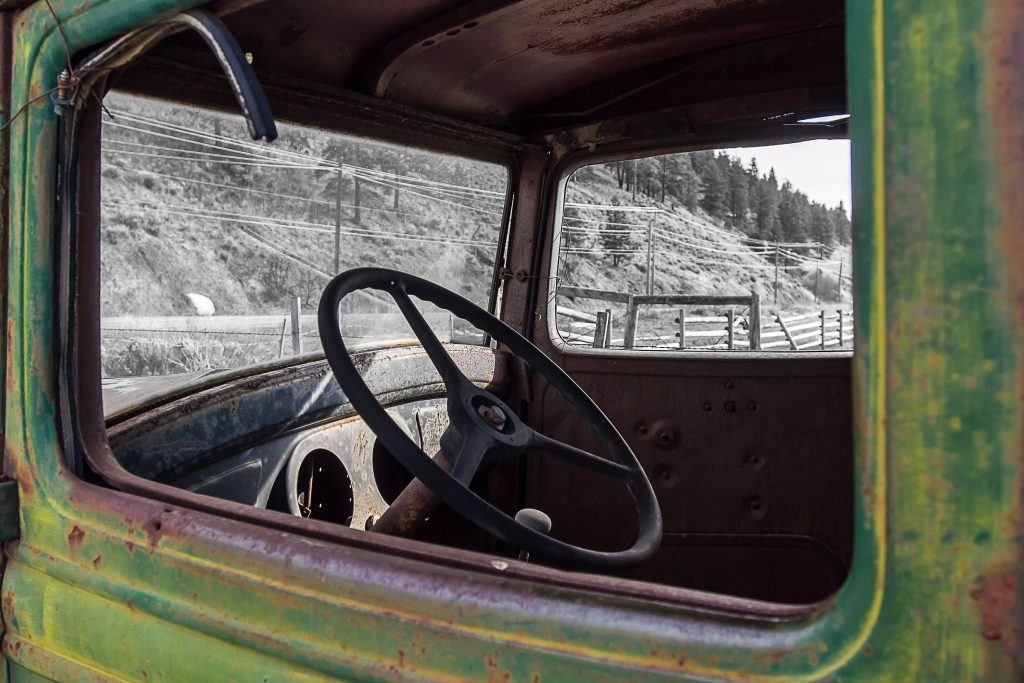
Technology helped me achieve the look I wanted in the image above. Without editing software, I would not have been able to desaturate parts of the image to make it appear as if the windows of the old vehicle were looking into a piece of history.
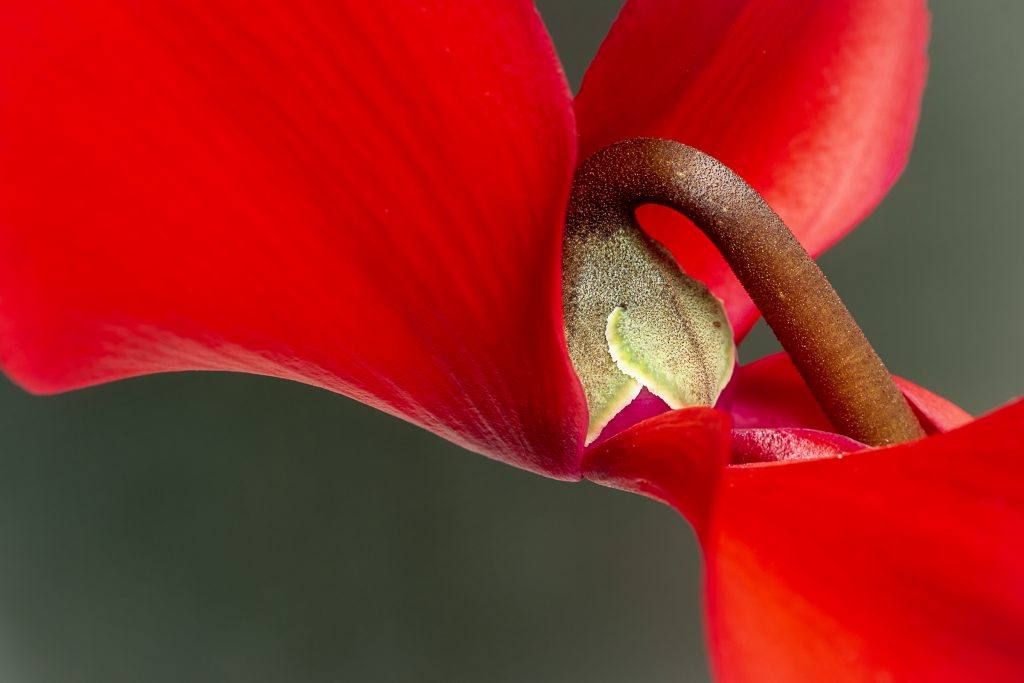
The Best Camera and Equipment
Technology makes our job as photographers easier, but it doesn’t make great photographers. A photographer still must have a good understanding of the camera and other equipment they are using to create the shot that they want.
The best camera is one that the photographer can use competently to capture their subject and tell their story effectively. For the best example of this, do an image search for photographs taken using a mobile device. More and more photographers are taking outstanding photographs with their phone cameras.
Key Lesson: How you use the camera that you own is far more important than having a top-of-the-line camera while possessing little to no skill. Use the camera that you do have, whether it be a camera built into your mobile device, a compact mirrorless or a DSLR, to effectively to capture images that convey your message.
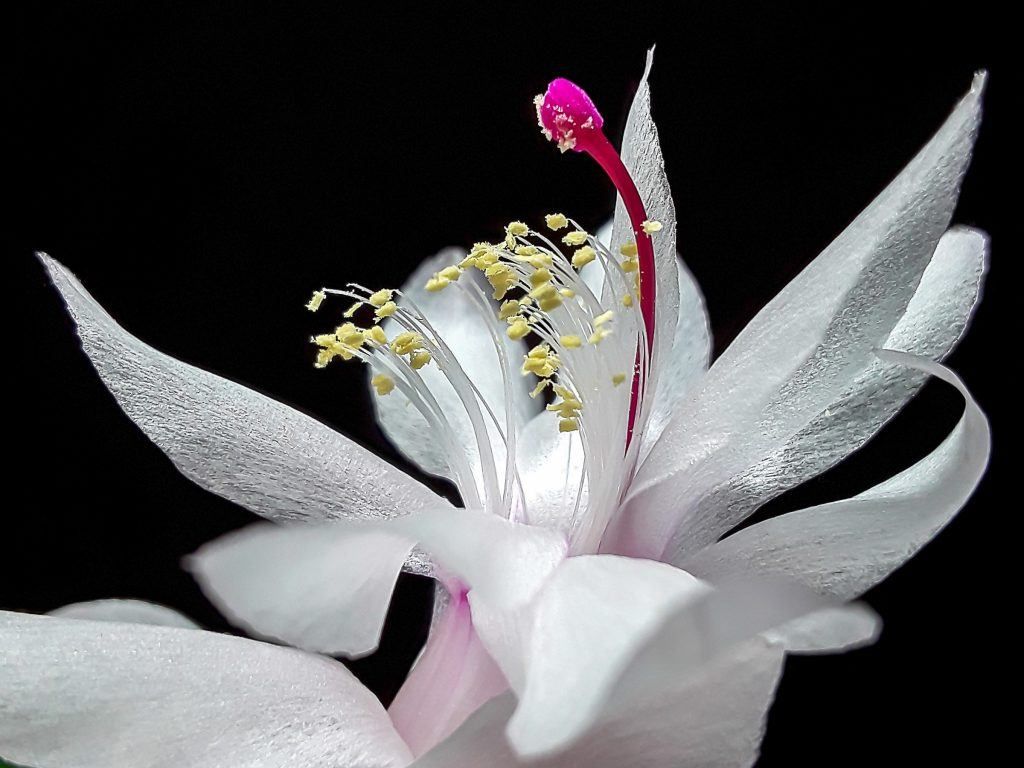
This image was taken with a camera phone. The background, light, and perspective were all important factors when setting up this shot. Which was more important in the creation of this image – the camera I used or the skill and creativity?
There are still times when very specific technology is needed to achieve certain shots. Wildlife photographers need lenses that are capable of bringing them closer to their subject while still allowing adequate light for exposure. Fashion photographers must utilize specialized studio lights to capture the images they need.
But for most photographers, we should not feel limited by our equipment. Don’t have a top-of-the-line camera? Use the one you do have effectively, and you can still capture great images. Can’t afford studio lighting for a shot? Make your own version with a speed light and homemade reflectors.
Key Lesson: When starting out, I often used a large piece of white poster board as a light reflector. If you don’t own a commercial version of a particular type of technology, consider ways you can recreate it using materials you have around the house.
Technology isn’t just about going out and buying specially-made equipment. It is about using what you have to improve your photographs. Take the image above as an example. This shot was taken using a black foam core background and a sun lamp (also known as a light therapy lamp). With some creative use of cardboard to focus my light where I wanted it, I created a setup in my bedroom similar to what might be achieved using expensive equipment in a studio.
Wildlife photographers need lenses that are capable of bringing them closer to their subject while still allowing adequate light for exposure.
Art or technology: which one wins? Well, to be a winning photographer you have to utilize both. The ability to visualize a shot and have it become a reality using skills and knowledge is what goes into making an image have an impact.
But we can’t discredit technology and what it brings to the table. Technology is necessary to capture that image. Without it, you just have an image in your head. The power of technology to make our work as photographers easier cannot be discredited either. It is a tool for development and learning.
Instead of thinking of art and technology in terms of one versus the other, think of them as a tree. The roots are made up of the knowledge, creativity, and skill that the photographer contributes – their artistry. The trunk and branches represent technology. The final images are realized in the crown of the leaves.
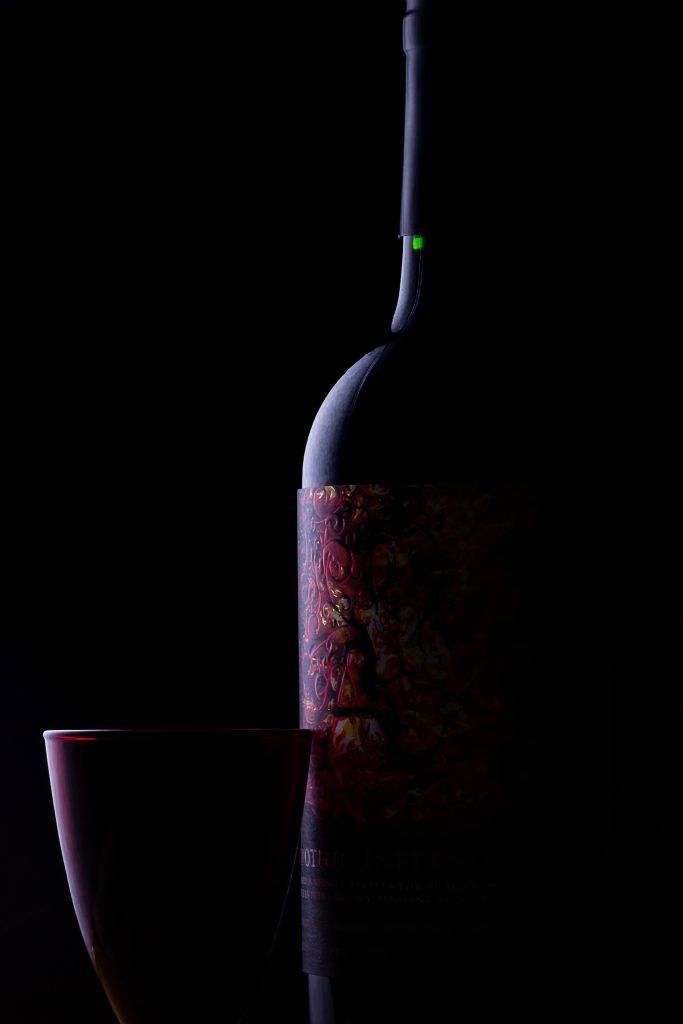
The roots, trunk, branches, and leaves are interdependent and necessary parts, just as the artistry, technology, and final image are connected. Learn to use the technology you have with skill and creativity and you will produce photographs that make an impact. Have fun, and happy shooting!
Recommended Reading: Want to create gorgeous, perfectly lit flower photographs? Grab a copy of Photzy’s premium guide, Photographing Fabulous Flowers.
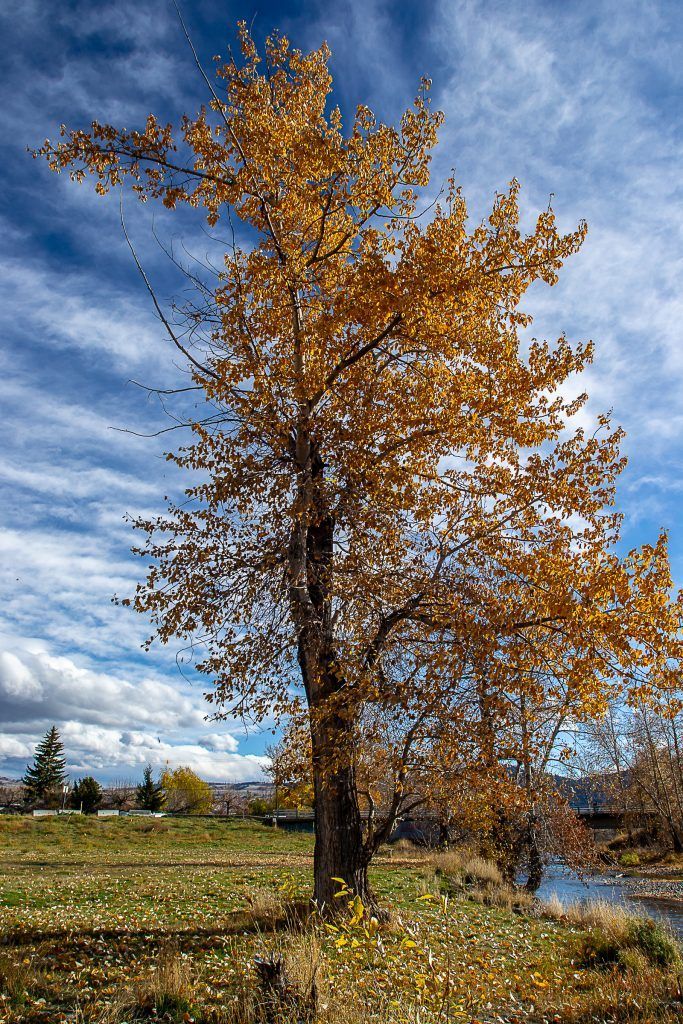
Self-Check Quiz:
1. What are three artistic elements that go into creating a great image?
2. What are three technological elements that go into creating a great image?
3. Modern technology allows beginner photographers to learn through
_____________.
4. The best camera is one that the photographer can use _______________ to capture their subject and tell their story effectively.
5. ____________ __makes our job as photographers easier, but it doesn’t make great photographers.
6. True or False: You can’t capture engaging images with a phone camera.
7. The skill, or workable knowledge, of the technology at hand is also part of the photographer’s _____________.
8. True or False: Sometimes specific types of technology are necessary to achieve certain shots.


